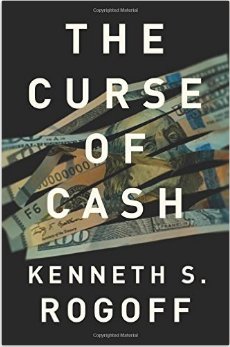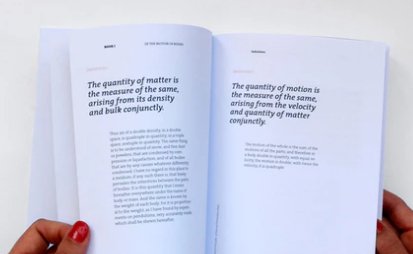To the RSA yesterday, in John Adam Street, London, WC2N 6EZ. Between meetings in London we managed to fit in a visit to the lecture by Professor Kenneth Rogoff, deliberating about the existence of cash, illustrated by examples from his new book – The Curse of Cash.

Despite misconceptions in the popular press, Professor Rogoff, he is the Thomas D. Cabot Professor of Public Policy and Professor of Economics at Harvard University, argues for the deletion of high value notes from a national currency, not, as is often quoted, the dramatic end of cash all together.
Drawing on his international experiences, Rogoff served as an economist at the International Monetary Fund (IMF) and on the Board of Governors of the Federal Reserve System, he argued for the removal of high value notes from circulation as a methodology to reduce criminality and tax evasion.
Rogoff recognised, in passing, the recent currency changes in India, remarking that his advice to Prime Minister Modi would have been to move at a much slower pace, although India’s fiscal motives are not totally clear at present. Cessation of high value notes is now, he argued, a recognisably legitimate lever in the economic tool box, although ideally pursued over a period of perhaps two years, with currency withdrawn in batches of maximum value over that time.
Using the U.S. as an example, evidence was offered regarding the size of bank note holdings in a population – nearly always much, much higher than any official Treasury forecast, he argued.
In theory, in the U.S., every person should be holding about $4,200 dollars in $100 bills for example. However, we were told, current research indicated that only 5% of U.S. citizens ever saw bills of this denomination, and only once a year at that.
A simple show of hands in The Great Room at John Adam Street, saw only four members of the audience having used a £50 note in the last month. This exposition led on to an assessment of the underground economy in Europe. Undeclared transactions making up 16% of the German economy annually, with up to 25% in Italy and Greece. In the U.S., we were informed, this currently runs at about 8%. But in all cases these hidden economic transactions represent vast sums in the tax ‘neutral’ take of businesses, whatever their ethical make-up.
Cash and culture:
Rogoff referenced the U.S. economist, Neil Wallace, whom he argued failed to see the rise of electronic currency during his seminal economic work in the 1970’s. Now, Rogoff argued, there has been a step change, in young people particularly, for whom electronic banking and cash movements may have become the norm.
This could have resonating consequences for world economies. Governments make large cash transfers and could, he argued use free, subsidised debit cards for members of society and deliver benefits, refunds and payments to individuals without the repetitious ‘cost of cash’.
In his lecture Professor Rogoff appeared to be a strong proponent of the use of negative interest rates, to stimulate cash investment in business infrastructure, citing Sweden as an example where this policy had energised the real economy.
In rounding off his talk Professor Rogoff, cited the work of U.S. economist Robert Eisner, arguing that Central Banks could also have a role to play in the ‘new attitude’ to cash. The use of technical devices, such as deploying currency held in banking systems using a distinct and different exchange rate.
This was a quietly and elegantly delivered short lecture, drawn from a very telling book, The Curse of Cash, which provoked and underscored an interesting number of new ways of thinking about cash, banking and the cultural and fiscal exchanges between us all.
We recommend it.
The final exortation, light heartedly, was for us to remember that the Rogoff thesis is not about the abandonment of cash, rather its perpetuation in ‘smaller ‘ form.
The Ferengi, we were told, had after all never lost their interest, as free traders of integalactic renown, in gold-pressed Latinum.
You can hire the resources and spaces of 8, John Adam Street for both corporate and social events. A stunning venue in the heart of London, just off The Strand.
Explore the facilities available here…



